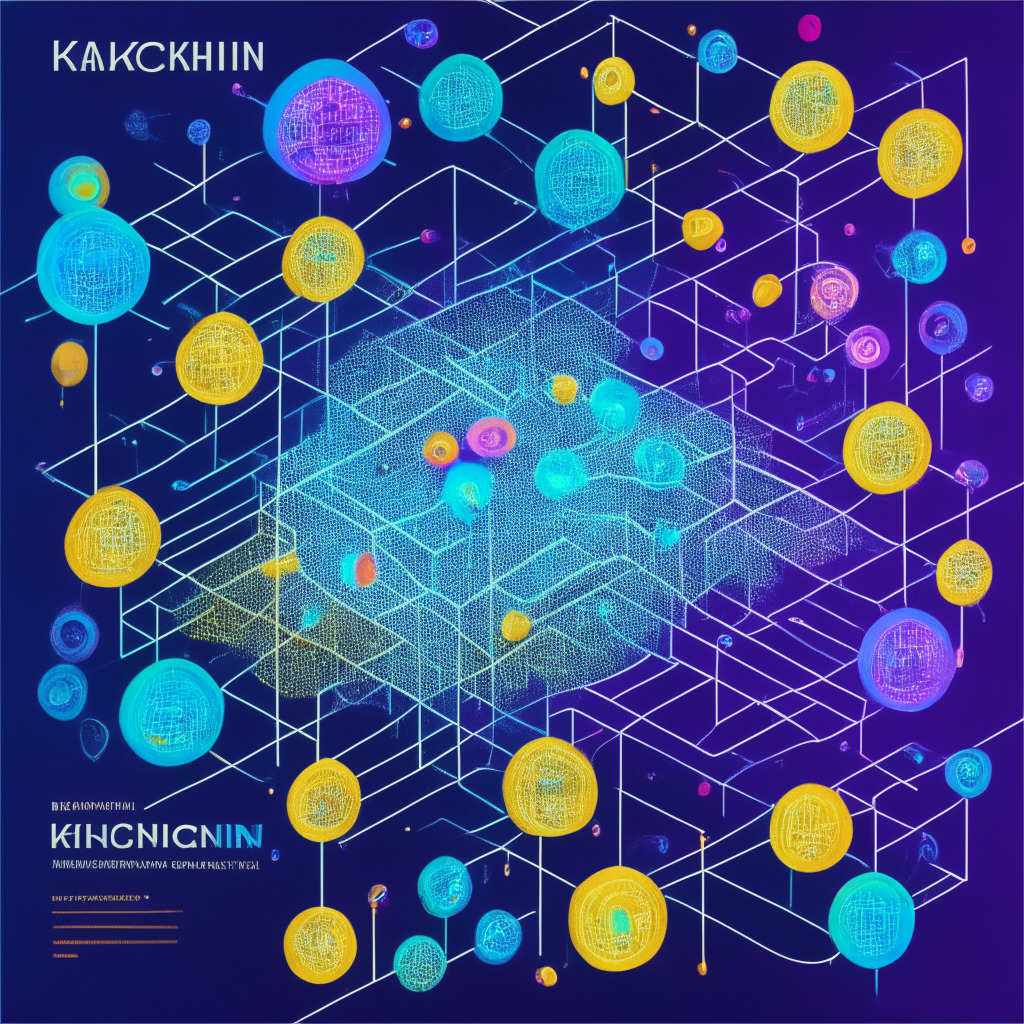As Brazil inches closer to a digital real rollout, there has been an interesting development. The Brazilian Central Bank has archived an assortment of central bank digital currency (CBDC) related documents on GitHub. The documents, uploaded on the bank’s !GitHub! page on June 3rd, with updates on June 4th, provide insight into the core aspects of the coin – the pilot’s architecture, network connectivity issues, smart contracts, and sample smart contracts. Yet, the community’s anticipation dipped when they found that the documents lacked the project’s source code.
The incompleteness of the documents sparked curiosity and requests among some users. One user on GitHub queried about the central bank’s choice of block explorer. There also came a plea, “__I would also like the source code. After all, it was created using public resources. It should be made public, so that everyone can examine it and suggest improvements. Why isn’t software that was developed using taxpayers’ money made free?__” And it seems, someone is already ‘reverse engineering’ the digital real’s source code.
Fulfilling the demand halfway, a user, seemingly a business assistant at the bank, proclaimed that the contract’s source codes will be made public post the test completion and necessary audits. Adding a twist, he said that the central bank would not decide on block explorers; instead, each participant will choose an explorer that best suits them.
Diving into how Brazil’s CBDC project will function, the central bank explained its plan to utilize an open-source, Ethereum network-compatible permissioned blockchain named Hyperledger Besu to dodge licensing costs. The project distinctively centers on the coin’s business benefits rather than retail advantages – an aspect the bank’s Governor Roberto Campos Neto echoes, stating that “digital payments” were “just a small part” of the digital real team’s equation.
Furthermore, the central bank anticipates introducing the digital token by 2024 in collaboration with many significant financial entities, which include a few crypto players and firms akin to the neobanking unicorn Nubank.
However, the bank has hurdles to overcome still. There remains a need for updated legislation before this new-age revolution sees the light of the day. Senator Carlos Portinho commented, the project “could open the door for state organs,”, including local government offices to create “cryptocurrency wallets.” As of now, this ability for state-run bodies to hold tokens does not exist under present legislation.
Source: Cryptonews




